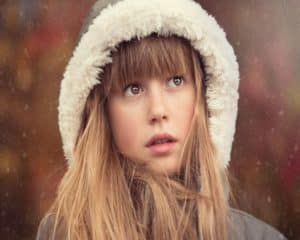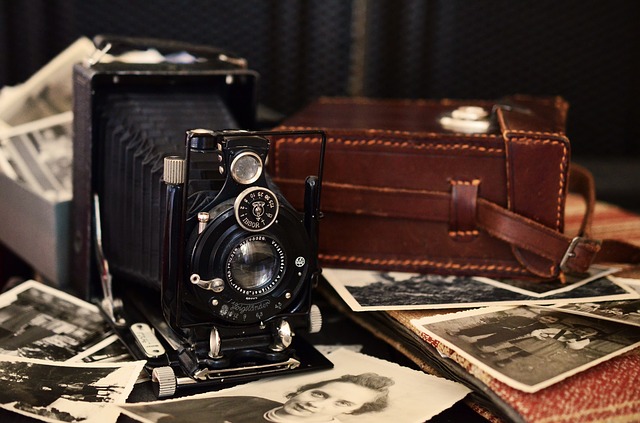Photography has been around since the invention of the first camera after painting self potraits were abolished. Today, you will find several professional photographers just by doing research. Some of whom are Tyler Newcomb in Boston, Massachusetts, or even Rocco Basile. So, what exactly does it take to get the perfect portrait, you might ask?
Firstly, playing with eye contact takes a huge role. It is intriguing how much the angle of your subject’s eyes can impact a picture . Most photographs have the model looking directly into the lens– something that can create a genuine significance of connection between a model and those surveying the image. But there are a couple of other things to try:
Looking off camera – have your model focus their concentration on something the outsider cannot see and outside the gaze of your camera. This can initiate a feeling of sincerity and also create a little pique and captivation as the viewer of the shot wonders what they are looking at. This pique is usually drawn about when the subject is showing some kind of desire. Just be conscious that when you have a model looking out of the frame, you can even focus the eye of the viewer of the shot to the corner of the photograph also – taking them away from the point of significance in your shot.
An alternate option would be looking within the image. Alternatively, you could have your model gazing at something (or at someone) within the frame. A child eyeing a ball, a new mother cherishing her new baby, a man looking at football…. When you give your model something to view at that is inside the image you create another point of something to be piqued at and a relationship between it and your first subject.
Furthermore, consider natural lighting coming into play. Don’t have an extravagant studio or want to get more candid portraits? Average lighting in a house or during the midsummer heat in the day is not very flattering on skin; however, once light passes through a window or an open reflection, it is very soft and overly. Consider placing your model next to a small window so the light hits the model at a unique angle (without them looking straight out the window). Without very much effort, you have created stunning and flattering light which studios fail to copy.
If you don’t feel comfortable setting the exposure in a standard way, simply have the model stand in front of a light or the sun with their back facing the light source, then learn to use spot metering. With spot metering, you can plainly have the camera focus on the model’s face to expose it accordingly, and then let the background be slightly overexposed. For some, spot metering may be a better option than a standard setting the exposure for the face.
Lastly, the infamous ‘s’ pose. Every human being who could ever be considered a portrait photographer should by now have the knowledge of the s-curve. Essentially, the model does this pose by capturing the (camera right) side of a model make the structure of an S with the shoulders and hip originating the right edges of the S.

